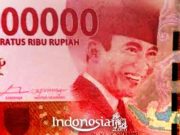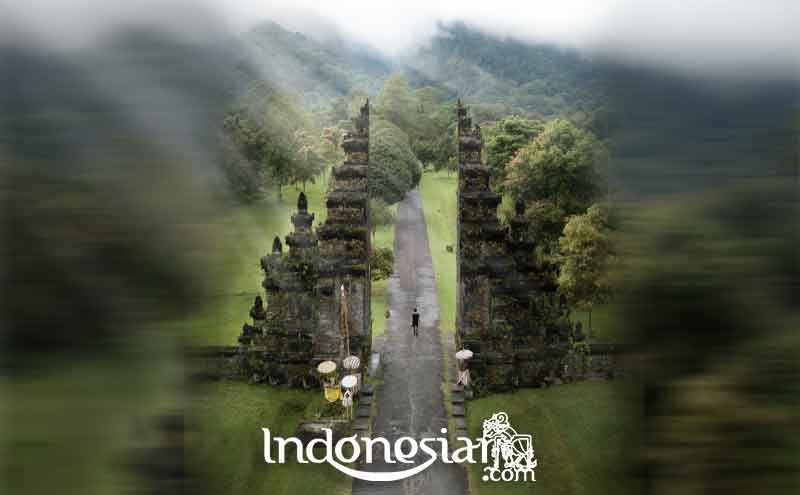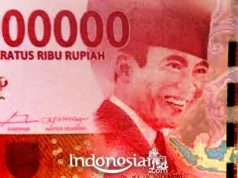In Indonesia, there are several ethnic groups of Indian descent who have long live. The tribal groups of the Tamil community from South India are found in many areas of North Sumatra (Medan, Pematang Siantar and others). Many of them were brought in by the British colonial government to work on the plantations that opened in the area. Marimutu Sinivasan is an Indian-Indonesian businessman who comes from the Tamil tribe, who was born in North Sumatra.
In Jakarta, the Tamil-Indonesian community has an organization called Indonesia Tamil Tamram which is engaged in the preservation of Tamil language and culture, building mutual understanding between Indians and Indonesians, and providing learning opportunities for Tamil children in Indonesia to learn their mother tongue. For this purpose, this organization conducts language and culture courses, distributes literature in Tamil, organizes various related activities, such as debate, drama, dance and music, brings in famous artists from India in the fields of dance, music, drama and so on. other.
The ethnic groups of the Punjabi people from North India and many are found in big cities in Java, such as Jakarta, Bandung, Yogyakarta, Surabaya. and others they generally live as traders. Many of them are Sikhs.
In addition, in Indonesia there are also ethnic groups in the Sindhi community who also play a large role in the world of trade in Indonesia. They are mainly engaged in the garment and textile industry, food and agriculture, film, diamonds and precious stones. The Sindhi community in Indonesia has a social organization called Gandhi Seva Loka which provides a lot of assistance to their own community, and organizes foster parent programs regularly. This organization also helps the poor in the wider society, especially when the country’s economy is hit by a prolonged crisis.
In their social activities, the Indian-Indonesian community established the Gandhi International School in Jakarta. In addition, there are also some Gurdwara, namely places of worship for those who are Sikhs, and temples for those who are Hindus and Jains.
Various groups of people from the Indian subcontinent have come to the Indonesian archipelago since prehistoric times. In Bali, for example, various remains of ceramics since the first century AD have been found. In fact, the name Indonesia itself comes from the Latin Indus “India” and the Greek nêsos “island” which literally means ‘Indian Islands’.
Since the 4th and 5th centuries, the influence of Indian culture has become increasingly evident. Sanskrit is used in various inscriptions. However, since the 7th century, Indian characters are increasingly being used to write local languages which now contain many loanwords not only from Sanskrit, but also from various Prakrit and Dravidian languages. In addition, indigenous Indonesians began to embrace Indian religions, particularly Shivaism and Buddhism. But there are also followers of Vishnuism and Tantrism.
It is also believed that various Indians also settled in Indonesia, mixed with slang and assimilated with the local population, because in the 9th century an inscription from Central Java mentioned the names of various Indian (and Southeast Asian) inhabitants.
Later, with the rise of Islam, the religion of Islam was brought to Indonesia by the Gujarati people since the 11th century, not to replace existing religious systems, but to complement them.
The remaining Indian cultural heritage in several places in Sumatra, Java, Bali and Kalimantan is the proof of this. The story of the Mahabharata epic and the classic Ramayana tale have become part of the daily life of many Indonesians. Many Indonesian names use Indian or Hindu names, although that does not mean that they are Hindu. Names such as “Yudhistira Adi Nugraha”, “Bimo Nugroho”, “Susilo Bambang Yudhoyono” all reflect India’s very strong influence in Indonesia.
In addition, in several places, there are remnants of the descendants of the Indian people who have mingled with Indonesian society. Family names (merga) among the Karo Batak people, such as Brahmana and Gurusinga which appear to have originated from Indian names, indicate this heritage.
In Jakarta there is an area called Pekojan in Jakarta Kota, and Koja in North Jakarta. These two areas were formerly the settlements of Muslim Indians who are also known as Khoja people. They generally come from the Cutch, Kathiawar and Gujarat regions. They came from the Knight caste. In the 14th century, this community underwent a major change when a Persian preacher, Pir Sadruddin, spread Islam among them and gave them the name “Khwaja”, from which the word “khoja” or “koja” was obtained. “Khawaja” itself means “teacher, a person who is respected and well-off”.
The influence of India on Indonesian cuisine can be traced to the relationship between the Mughal Sultanate in India and Aceh, around the 15th to the 16th century. Some Mughal influences are thought to be found in spicy and coconut milk dishes. There are two different opinions about the origin of this spicy taste. First, the source of spicy is said to come from chilies that were brought by the Portuguese to the Mughals, to the archipelago. Second, the Indians actually knew chili, long before the Portuguese arrived.
Indonesian cuisine with Indian influences is thought to be found in megana or chopped jackfruit vegetables, which can still be found in the Pekalongan, Wonosobo and Temanggung areas. This cuisine is located in areas that were former areas of the early Hindu kingdoms in Java, namely Kalingga. Come on, get interesting information and articles from Indonesiar.com.
Source : wikipedia































